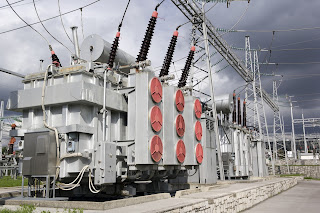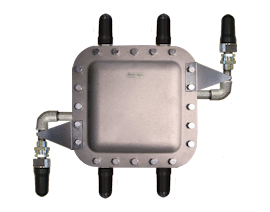If you want a data connection, bring your own.
Remote operating sites, whether for oil extraction or other purposes, will often be automated. Some decision making system or individual is responsible for the safe and effective operation of the remote site, or has a use or need for real time data being gathered at the remote site. Radio transmission is a viable, maybe the best, option for delivering real time data from a remote site to a central office.
- Transmission options for 900 MHz, 2.4 GHz, cellular, and satellite systems are readily available.
- Equipment operates on low voltage, low power. Suitable for solar or other remote site power source.
- No special instrumentation needed. Radio transmitting and receiving equipment interfaces directly with analog signals from common industrial process transmitters.
- No "across the land" cabling needed.
- Equipment can be configured to resist extreme environmental conditions.






